2024-12-10 17:49:08|Myriagame |source:minecraft skins
This tutorial is set by the author's setting without permission.
Well known
Crafttweaker is a very practical and interesting module.However, if you do n’t use it, you can do it according to the other people ’s saying, but after the game, you still see the wrong words, which is very crashing.
As a result, my player who had almost collapsed how to edit the synthetic table came to write a tutorial.
First, we must know the basic structure.
Recipes.addshaped
The addShaped here means adding a regular synthetic table, that is, you must place items in the format to synthesize the specified item.
For example:
Recipes.addshapet (
After writing this way, restart the game, open the workbench, and put a lower star in the center of the workbench, and you can synthesize a dirt.
This kind of regular synthetic table will be more restrained, anyway, I don't like this very much.(How can it be because I always forget the recipe of the conversion table in the equivalent exchange)
Since there is a regular synthetic table, there will be a regular synthetic table,
If you want to get a random synthetic table, you only need to change the addshaped to addshapeless.
For example:
recipes.addshapeless (
After writing and restarting the game in this way, open the workbench, no matter which one placed in the workbench, the stars of the lower world can synthesize the soil.
In addition, there is also a benefit of irregular synthesis table, that is, you don't need to write those empty plaids.
There are regular synthetic tables, and
In contrast, there is a Remove to remove the synthetic table.
Remove is divided into three types:
The first type: recipes.remove (
The second: RemoveShaped (
The third: RemoveShapeless (
By the way, I still know that the first one has an extension:
recipes.removebymod ('module name');
Enter this instruction and enter the module name into all the synthetic tables added by the module.(It can be used when the big magic is changed)
The code is executed in order. Remove is placed in the front. The synthetic table will not affect your reform and innovation.

National Service DNF Dark Ni
2025-01-28 09:19:27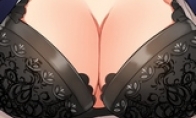
The new screenshot of the be
2025-01-28 09:18:57
The 15th anniversary wallpap
2025-01-28 09:18:27
3DM Xuanyuan Sinicization Gr
2025-01-28 09:17:57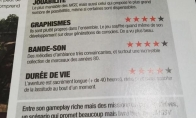
French magazine is the first
2025-01-28 09:17:27
The sneak game "Republic" wi
2025-01-28 09:16:57
The story between humans and
2025-01-28 09:16:27
Capture "Trinity 3: Artifact
2025-01-28 09:15:27
Wind direction change "Myste
2025-01-28 09:14:57
DICE's new project "Dream" w
2025-01-28 09:14:27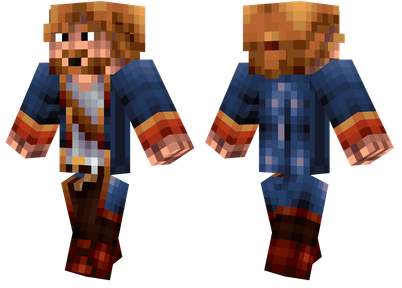
Pirate Minecraft Skins
Minecraft Skins
2024-12-10 04:11:27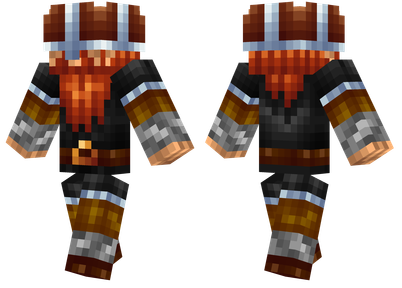
Pirate Minecraft Skins
Minecraft Skins
2024-12-10 04:11:26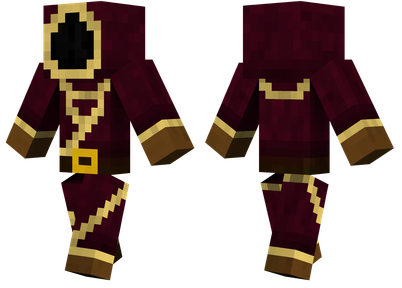
Master Minecraft Skins
Minecraft Skins
2024-12-10 04:11:25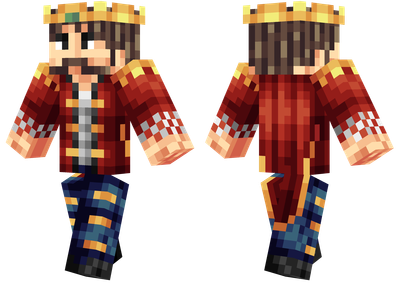
King Minecraft Skins
Minecraft Skins
2024-12-10 04:11:25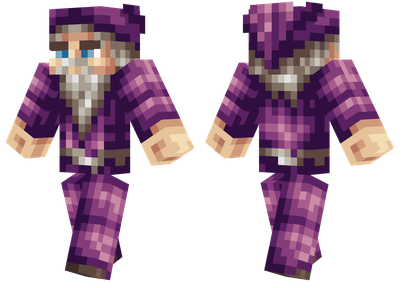
Guide Minecraft Skins
Minecraft Skins
2024-12-10 04:11:24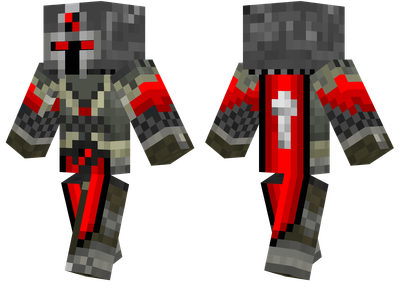
Dark Knight Minecraft Skins
Minecraft Skins
2024-12-10 04:11:23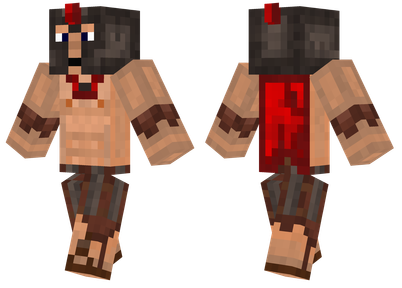
Sparta Minecraft Skins
Minecraft Skins
2024-12-10 04:11:23
Moncraft Skins of the War
Minecraft Skins
2024-12-10 04:11:22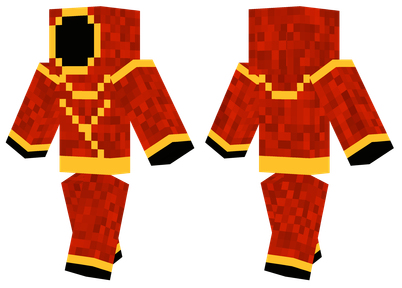
Red Witch Minecraft Skins
Minecraft Skins
2024-12-10 04:11:22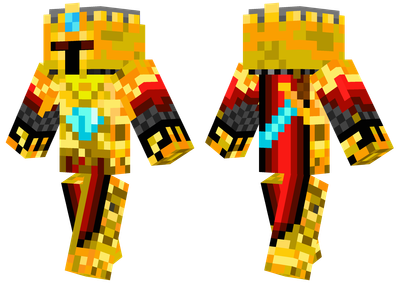
Golden Cavaliers Minecraft S
Minecraft Skins
2024-12-10 04:11:22